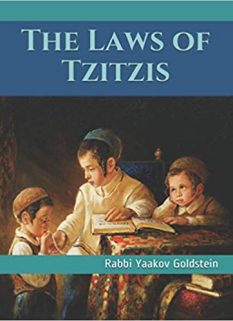
Where is Yoshka buried according to Judaism?[1]
In Shaar Hagilgulim of Rav Chaim Vital it states that he is buried near Tzefas: To the north of Safed, when you travel from Safed northward towards the village of Ein Zeitun, there is a carob tree. There lies the burial place of Yoshka the Nazarene. There are two paths: the right one goes to Ein Zeitun, and the left one leads to the aforementioned pool. In the middle of these two paths, there is a large valley with olive trees, and at the northern end of this valley, there is a flowing stream of water descending from a well known as Gefar, located between Safed and Ein Zeitun. There is a bridge over this stream, and the waters pass through it. The stream continues and descends to the north side of the aforementioned valley. At the last olive tree, the mother of Rabbi Khrispadai Hamid Laba, mentioned in the Zohar portion of Shelach Lecha, is buried there.
Vilnai in his Sefer Matzeivos Kodesh 2 p. 354 footnote 33 mentions an earlier testimony related to Yoshka in the area of Safed. A Spanish Nazarite recounts in about the year 1555, near Safed, one can see a stone with the mark of a right hand with five fingers. They say it’s the mark of the hand of Yoshka the Nazarene. This is found outside the town on the wall of a spring under a poplar tree, about a bowshot from the poplar and the stone. A carob tree grows. The Jews here say that Yoshka hid in this place, and they told us, ‘Your Yoshka put his hand on this stone, and only the mark of his palm remained on it.’ The road from Safed to Ein Zeitun descends even today from the Jewish quarter towards the northwest, winding until it reaches the Schouya stream. From there, it climbs to Ein Zeitun. In the middle of the road between Safed and the Schouya stream, there is a crossroads. Directly north, the right path goes towards Ein Zeitun, and westward, the left path leads to the canyon section of the Schouya stream, which flows into the Amud stream to the north of the junction. Between these two paths, in the middle of these two paths, see below page Rabbi Chaim Vital, there is still a plain.
It should be noted that there is an ancient Jewish tradition about the crucifixion of Yoshka in Tiberias, his temporary burial in that city, and his final burial somewhere in the Galilee. This tradition does not mention the exact location of his final burial, and Safed is not mentioned until sources from the 16th century CE. For more on the tradition of Yoshka’s crucifixion in Tiberias, see Reiner (1996), vol. 1, pp. xx-xx, and sources and references in the “Book of the History of Yoshka” which fragments were found in the Cairo Genizah.
The above is in contrast to the Christian tradition which traditionally believed him to be buried in the Church of the Holy Sepulchre, located in the Christian Quarter of the Old City of Jerusalem. This site has been venerated since the 4th century as the place where Yoshka was crucified, buried. Another location, known as the Garden Tomb, is also considered by some to be the burial site. It was discovered in the 19th century and is located outside the Old City of Jerusalem. However, this site is less widely accepted by scholars.
[1] See Shaar Hagilgulim Hakdama 37 [non-censored edition]; Mekomos Kedoshim Ukivrei Tzadikim Bagalil 2 p. 77


Leave A Comment?
You must be logged in to post a comment.